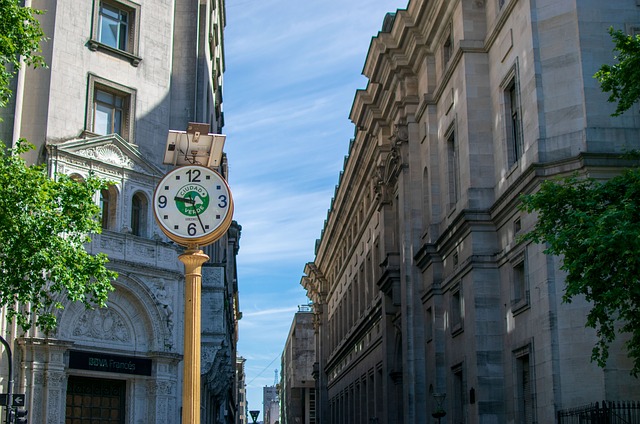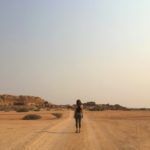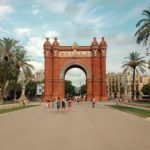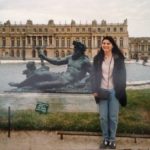Speaking Without Words While Studying in Argentina

The first time I traveled to Argentina was the summer after my sophomore year of high school. I was sixteen, had never been further south than Florida, and knew about as much Spanish as one would expect of a high schooler who’d taken it for two years—in other words, not much.
I had been in touch with my exchange partner through Twitter and Snapchat, and had spoken to my host family once via Skype, but otherwise hardly knew the people I would be living with for five weeks. The flight from New York City to Buenos Aires was ten hours, of which I remember very little. What I do remember is the sight of my host family at the airport once I’d fumbled my way through immigration and customs. My exchange partner (who has since become one of my best friends) was holding a yellow construction paper sign with my name in thick black letters. She and her parents all embraced me enthusiastically.
Though I was eager to take my Spanish to the next level while abroad, this was sadly not meant to be. My exchange partner attended a bilingual private school where the majority of classes were in English, and the few that weren’t involved such advanced and rapid Spanish that I would spend the whole period daydreaming and watching the clock over the door. I was lucky that I didn’t have to struggle to be understood, but I found I often struggled to understand.
At home things were much the same. I struggled to communicate with the parents, though my exchange partner and I talked endlessly in English—often past midnight. Her dad knew a handful of English phrases and understood much more than that, so it was with her mom that I felt the impenetrable language barrier. Luckily I understood enough to get the gist of what she said to me, but often I couldn’t find the words to respond.
We didn’t need to be fluent in each other’s language to understand one another. We both loved beautiful things: we loved art and museums, good coffee and pleasant company.
The school I was attending in Buenos Aires put on an annual musical by students from every grade, ranging from as young as eight to as old as 18. My exchange partner was involved and the performance fell during my stay. This meant that her most grueling rehearsals and tech week were also at this time, and so for two weeks I spent hours each afternoon with just my host mother.
We went to stores, cafes, and museums on these afternoons, enjoying a nice cup of coffee or hot chocolate and a pastry for merienda (Argentinian afternoon tea), and then window shopping or museum-going after that. The museums were mostly a weekend affair, and these were my favorite excursions.
The first museum we visited was MNAD, el Museo Nacional de Arte Decorativo. I don’t remember much of what I saw that day (though in my diary I wrote “My favorite part was a display of the works of Miguel Angel Vidal”). What has stayed with me all these years, more than the art, are the trips themselves. I remember pointing to paintings and artifacts I liked and saying, “Wow, los detalles!” (The details!) or “Qué bello!” (How beautiful!) to my host mom. She smiled at my excitement and pointed to the information plaques, which were in both Spanish and English.
It turned out that we didn’t need to be fluent in each other’s language to understand one another. We both loved beautiful things: we loved art and museums, good coffee and pleasant company. I think we found the latter in one another, despite the challenge of my limited Spanish.
I recently returned to visit my host family for two weeks, a year and a half into a degree in Romance Studies (studying both Spanish and French) and almost four years after my exchange experience there. Though my Spanish is far from perfect (or even, if we’re being honest, proficient), I was equipped with a far wider array of words with which I could express myself. We visited MNAD again and I was able to tell my host mom about what I’d learned in my college art history courses. In turn I understood when she explained what she liked, though for the most part we observed and admired in silence.








